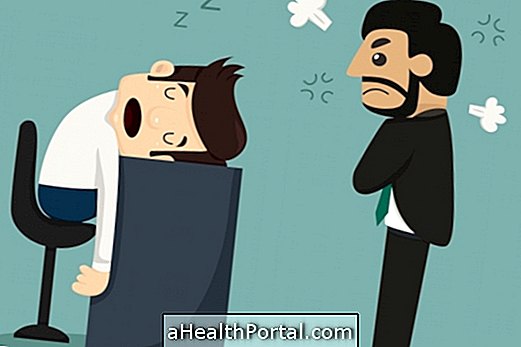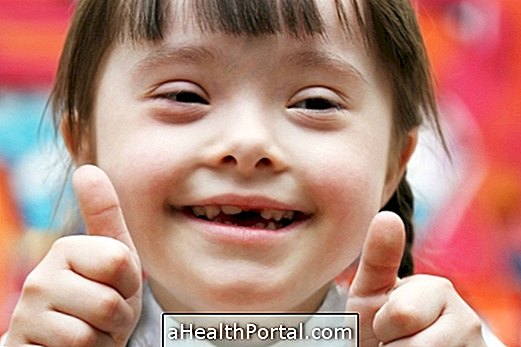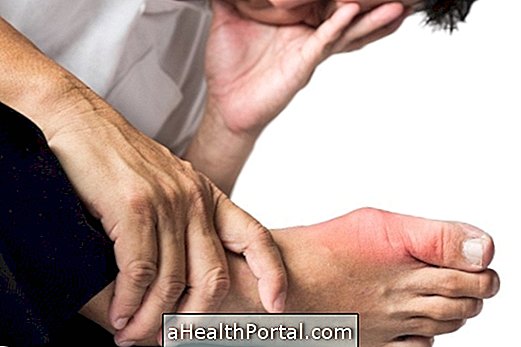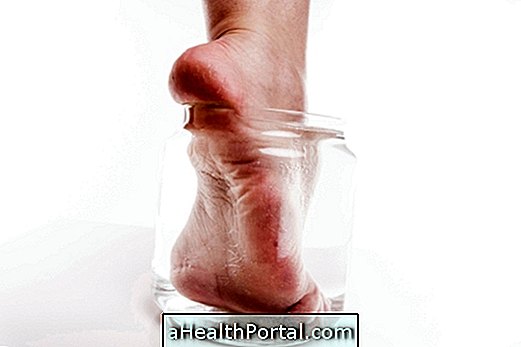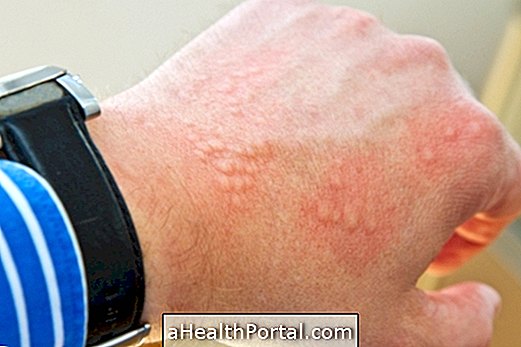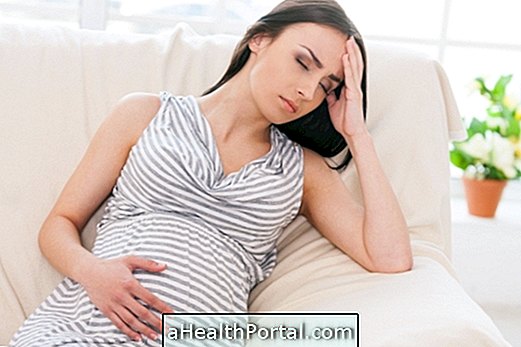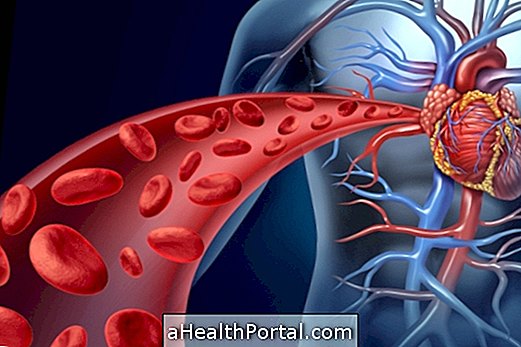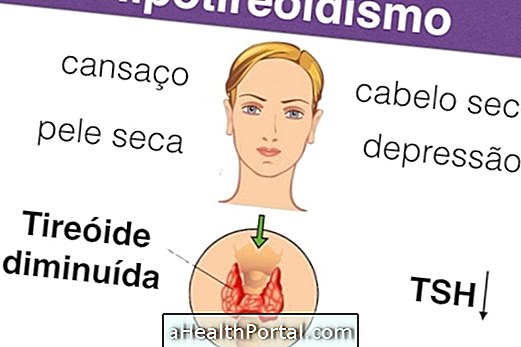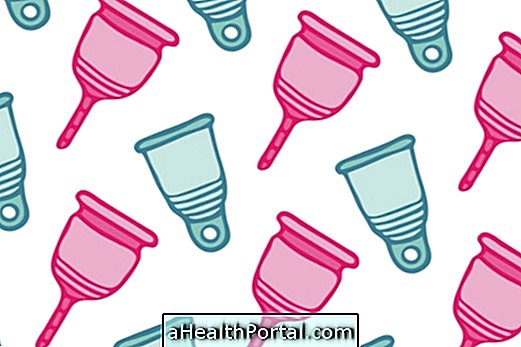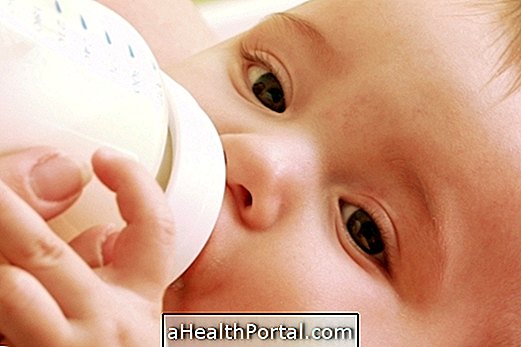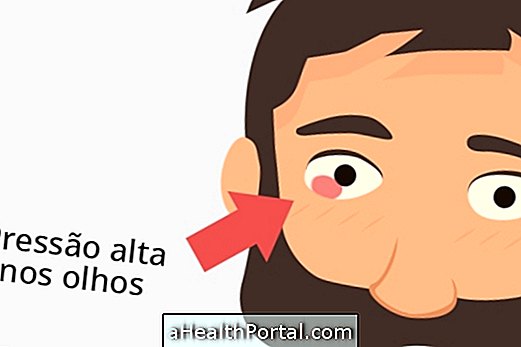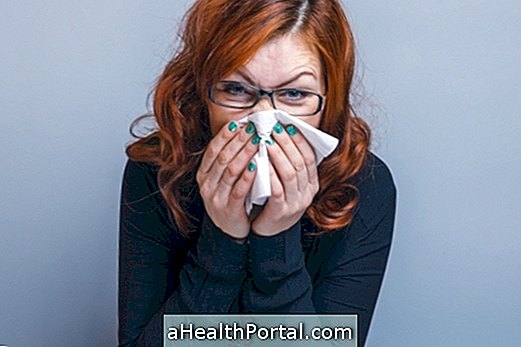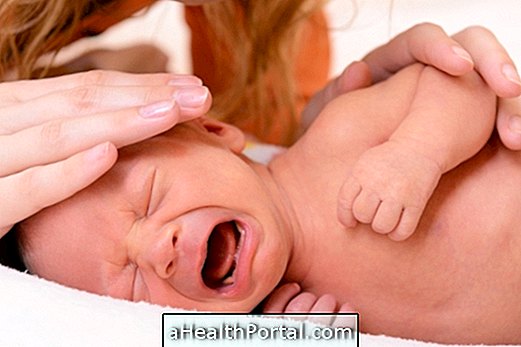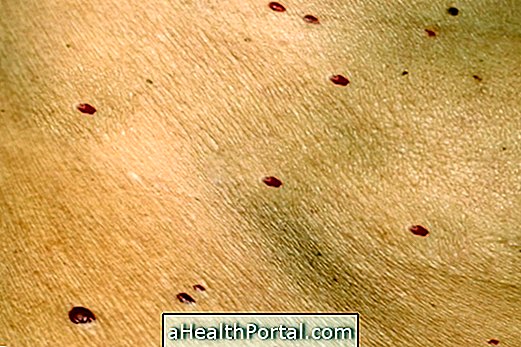Knee pain is a symptom that can arise due to joint wear, overweight or sports injuries that can happen in the football game or during a race, for example.
However, when knee pain prevents walking or worsens over time, it may be a sign of a more serious problem, such as a ruptured ligament, osteoarthritis or Baker's cyst, which can be confirmed by tests such as x-ray or computed tomography.
However, knee pain in most cases is not serious and can be treated at home with the application of ice 2 times a day in the first 3 days from the onset of pain. In addition, the use of elastic band in the knee throughout the day helps to immobilize it, reducing the pain while waiting for the consultation.
What Causes Knee Pain
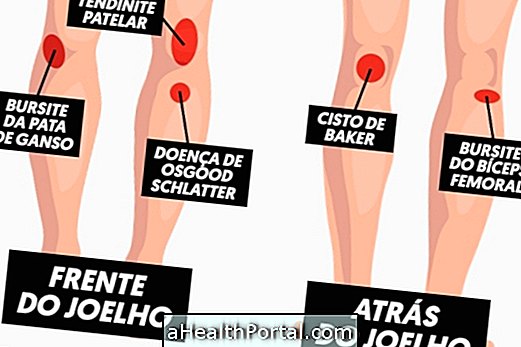
The main causes of knee pain are:
- Pain on the lateral of the knee, when running or after running: usually is the iliotibial band syndrome that must be treated with anti-inflammatory, stretching and myofascial release. Learn here how to cure iliotibial band syndrome here. It may also indicate injury to the lateral meniscus or injury to the lateral collateral ligament.
- Internal knee pain: may occur due to knee sprains, caused by strokes on the side of the knee, causing swelling on the opposite side of the trauma, goose paw tendonitis, medial collateral ligament injury, or even a rupture of the knee. medial meniscus. Learn to identify and treat meniscal injuries.
- Pain in the back of the knee: may be suspected of Baker's cyst, a small swelling that arises behind the knee and which causes increased pain when the patient squats or when kneeling.
- Pain in the front of the knee : may be a patellar chondromalacia. See how your chondromalacia treatment can be done by clicking here.
- Knee pain on waking: it is most common after age 40 and is usually related to the existence of rheumatoid arthritis in the joint, with pain being more frequent during the first few minutes of the morning, and improvement with movement. Here's how to treat rheumatoid arthritis.
- Knee pain when squatting: one of the common causes is patellar chondropathy, which is the wear of the joint around the patella, or injury to the meniscus. Understand patellar chondropathy.
- Pain in the knee when walking, at the end of the day or standing too long: it can be osteoarthritis, which causes knee wear, and as the disease worsens, there is stiffness of the knee when rising in the morning and improvement with rest. Learn how to treat osteoarthritis.
- Knee pain when folding the leg: may indicate injury to the meniscus.
- Pain in the knee when stretching the leg: may indicate tendon injury or rupture of the patellar ligament.
- Pain in every knee: it depends on whether there was any direct trauma such as falling to the knees on the floor, which may indicate bruising, knee twisting, partial rupture of a muscle or ligament.
- Knee pain and cracking when moving the knee laterally: may indicate injury to the anterior cruciate ligament, posterior cruciate ligament, coronary ligament, rupture of the meniscus or osteochondral fracture.
- Knee pain when climbing ladder: it can be osteoarthritis, meniscus injury or osteochondral injury, for example.
- Pain in the knee when descending ladder: may indicate injury to the patella.
- Knee pain and swelling without trauma: may indicate hemophilia, rheumatoid arthritis, infection or gout.
- Deep pain, right in the middle of the knee: May be rupture of the anterior or posterior cruciate ligaments.
If in addition to the pain in the knee you notice that it clicks when moving, tries to go up or down stairs, see what may be causing this symptom in: What to do when the knee is cracking.

Remedies for Knee Pain
The anti-inflammatory pills in tablet form can be used as long as indicated by the doctor, but can also bring pain relief to apply an ointment such as Gelol, Cataflan or Calminex, which can be purchased at the pharmacy without a prescription.
But in addition, as a natural remedy there are foods that fight inflammation like salmon, chia seeds, saffron, macerated garlic and ginger teas, for example. Learn more examples of anti-inflammatory foods that you should consume in greater amounts on days of pain.
Alternative Treatment for Knee Pain
Typically, knee pain can be treated with anti-inflammatories prescribed by the orthopedist, such as Diclofenac or Ibuprofen, or surgery to replace damaged portions of the knee. However, an alternative treatment for knee pain may be adopted, especially by those who have an anti-inflammatory-sensitive stomach and include:
- Homeopathy: use of homeopathic remedies, such as Reumamed or Homeoflan, from Almeida Prado, prescribed by the orthopedist, to treat inflammation of the knee caused by arthritis or tendonitis, for example;
- Compresses: put hot compresses with 3 drops of essential oil of sage or rosemary 2 times a day, from the 3rd day of appearance of symptoms;
- Rest of the knee: consists of kneading the knee, especially when it is necessary to remain standing for a long time.
The patient with knee pain can enrich their daily food intake with foods with anti-inflammatory properties, such as ginger, turmeric, salmon or chia seeds, which help complement treatment and prevent pain in other joints. In addition, avoid sugary foods because they aggravate the inflammation in any part of the body.
See when to use hot or cold compress in the following video:

Other Natural Ways to Relieve Knee Pain
Some tips for relieving knee pain include avoiding running or walking whenever knee pain is present, not picking up at weight and sitting on high chairs, not to force your knees when lifting.
Alternative treatment for knee pain should not replace the treatment indicated by the doctor as it may worsen the problem that caused the knee pain.
When to See a Doctor
It is important to consult your orthopedist or a physiotherapist when:
- The pain lasts more than 3 days, even after resting and applying cold compresses;
- The pain is very intense when doing daily activities such as ironing underfoot, carrying the child in the lap, walking or climbing stairs;
- The knee does not bend or make a noise when moving;
- The knee is deformed;
- Other symptoms appear like fever or tingling;
In these cases, the orthopaedist can request an x-ray or MRI to diagnose the problem and recommend appropriate treatment.
